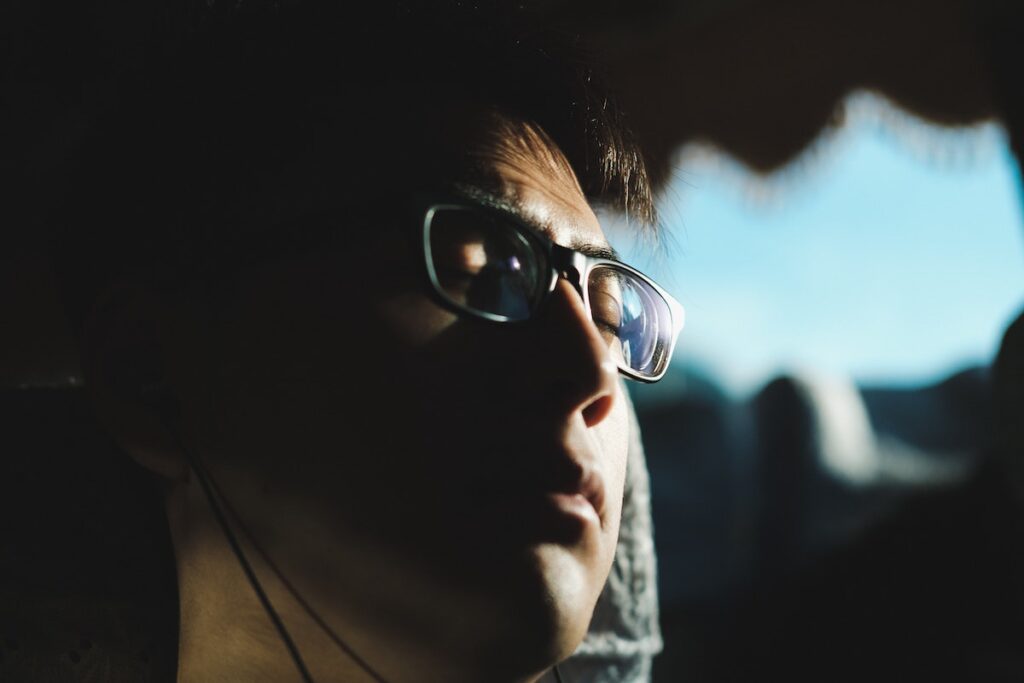

Concentrate on your breath and try to gently breathe in and out through the nose. Take notice of how your upper chest and abdomen are moving while you breathe. Place one hand on your chest and the other on your abdomen.

Sit comfortably and raise your ribcage to expand your chest. Set an alarm if you don’t want to lose track of time. You will need a quiet, relaxed environment where you won’t be disturbed for 10 to 20 minutes. In essence, the general aim is to shift from upper chest breathing to abdominal breathing. If this happens to you, look for another way to relax.Ībdominal breathingThere are different breathing techniques to bring about relaxation. Special considerationsSome people find that concentrating on their breath actually provokes panic and hyperventilation. increased feelings of calm and wellbeing.balanced levels of oxygen and carbon dioxide in the blood.reduced lactic acid build-up in muscle tissue.reduced levels of stress hormones in the blood.Deliberately copying a relaxed breathing pattern seems to calm the nervous system that controls the body’s involuntary functions.Ĭontrolled breathing can cause physiological changes that include: Relaxation responseWhen a person is relaxed, they breathe through their nose in a slow, even and gentle way. Controlling your breathing can help to improve some of these symptoms. Shallow over-breathing, or hyperventilation, can prolong feelings of anxiety by making the physical symptoms of stress worse. This style of breathing disrupts the balance of gases in the body. Typically, an anxious person takes small, shallow breaths, using their shoulders rather than their diaphragm to move air in and out of their lungs. When a person is under stress, their breathing pattern changes. Muscles that control the movement of the lungs are the diaphragm (a sheet of muscle underneath the lungs) and the muscles between the ribs. Many people use their breathing to help promote relaxation and reduce stress.īreathing and stressThe primary role of breathing is to absorb oxygen and to expel carbon dioxide through the movement of the lungs. Breath control is also used in practices such as yoga, tai chi and some forms of meditation. Scientific studies have shown that controlling your breath can help to manage stress and stress-related conditions. When we feel stressed, our breathing rate and pattern changes as part of the ‘fight-or-flight response’.įortunately, we also have the power to deliberately change our own breathing. Breathing is an automatic function of the body that is controlled by the respiratory centre of the brain.


 0 kommentar(er)
0 kommentar(er)
